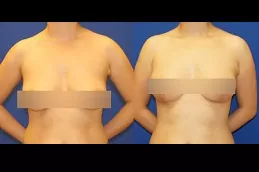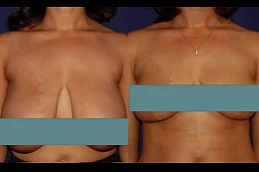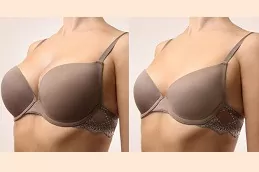Dr. Shazma Yousaf
Plot no : 40 Jhelum Rd, G 8/4 G-8, Islamabad, Pakistan
Asymmetric breasts are a common occurrence in women and can be caused by a number of factors. This condition occurs when one breast is larger than the other, either in size or shape. Asymmetry of the breasts can range from very subtle to quite noticeable. It can be caused by a variety of factors, including genetics, hormonal changes, physical trauma, and medical conditions. Asymmetric breasts can also be caused by a difference in breast tissue or muscle mass between the two sides. Many women with asymmetric breasts feel self-conscious about the condition and can feel embarrassed to wear certain clothing or even to go bra shopping. Fortunately, there are a variety of treatments available to help correct the asymmetry, such as breast augmentation, breast reduction, or breast lift. Although asymmetric breasts can be a source of insecurity for many women, the good news is that you don’t have to live with it. With the right treatment, you can regain your confidence and feel comfortable in your own skin again.
Breast asymmetry is a common condition where one breast is noticeably different in size, shape, or position compared to the other. While mild asymmetry is normal, significant differences can affect a woman’s confidence and body image. Fortunately, modern plastic surgery techniques can correct asymmetric breasts, creating a balanced and natural-looking appearance.
Breast asymmetry can occur due to various factors, including:



Dr. Shazma Yousaf, a leading plastic surgeon in Islamabad, offers customized solutions to correct breast asymmetry, including:
The surgical approach depends on the level of asymmetry and the chosen correction method. Most procedures are performed under general anesthesia, with a recovery period of 1-2 weeks. Patients may experience temporary swelling and bruising, but results are long-lasting and natural-looking.



You can expect the following benefits:
Breast reductions are complicated but safe with few risks like:
You can get this procedure done if you have:
The following instructions should be followed before starting the procedure:
The session begins with the preparatory steps mentioned below:



Below is the surgical step-by-step process:
After the mastopexy Islamabad treatment ends, you will be taken to the recovery room. The anesthesia will start to fade away as time passes. The doctor will give you medicines to reduce any pain and discomfort. You might have draining tubes near your incision. They help to drain extra fluid. Afterwards, when the doctor gives the green signal, you can go home.
Follow the following guidelines to boost the healing:
Plot no : 40 Jhelum Rd, G 8/4 G-8, Islamabad, Pakistan
© Dr Shazma Yousuf . All Rights Reserved.
Terms & Conditions Privacy Policy